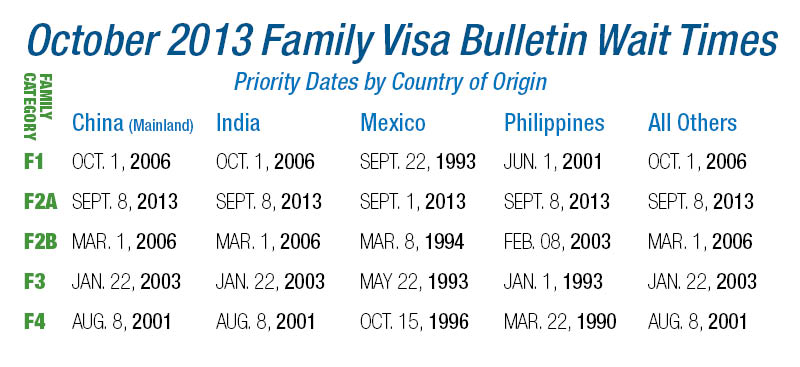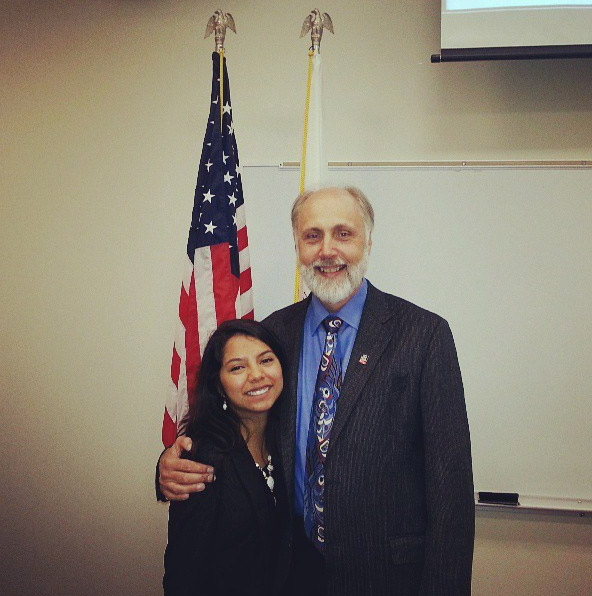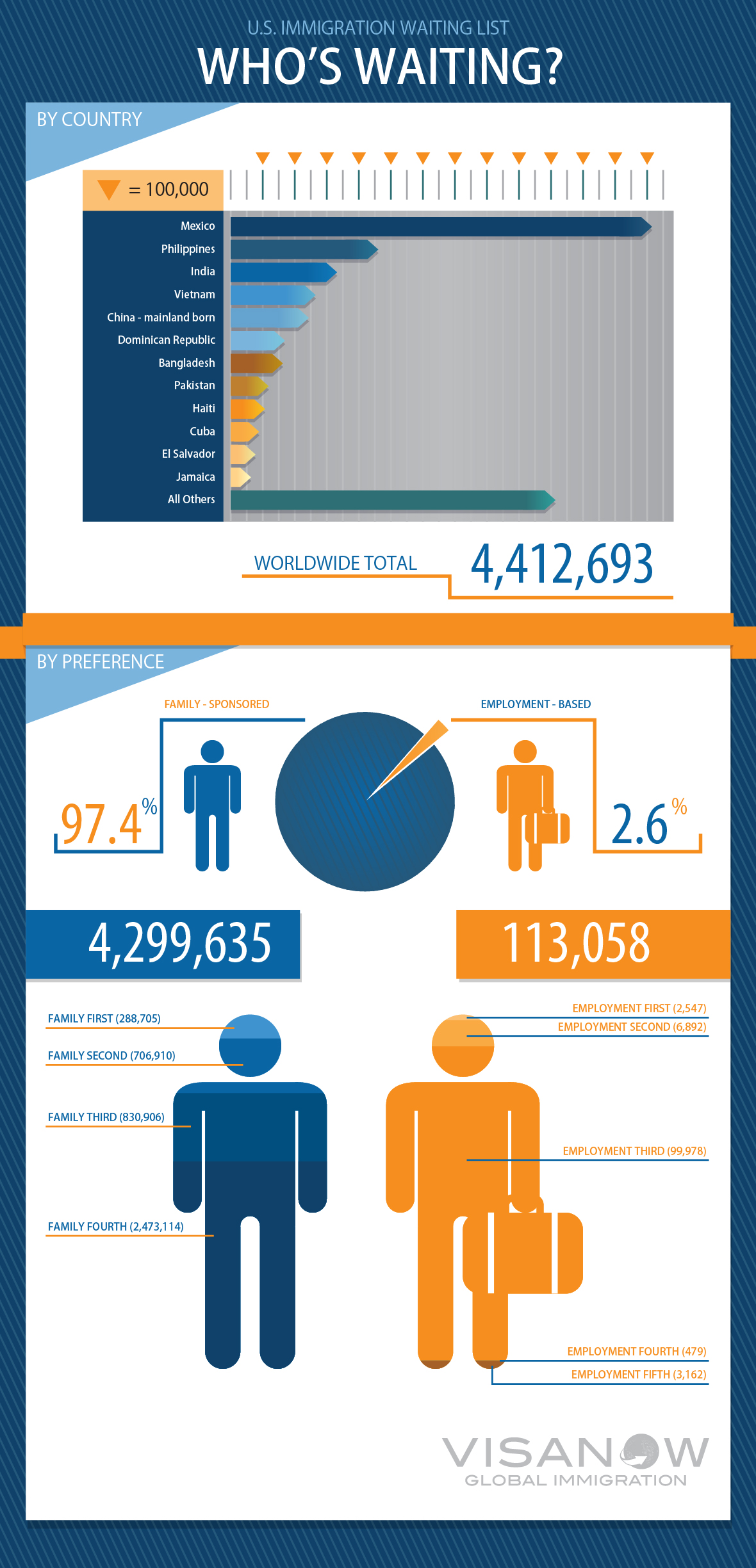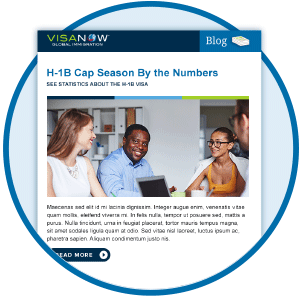By VISANOW Contributor|2013-10-31T18:24:36-05:00August 22, 2013|
The EB-5 Investor Visa is one of the lesser-known avenues to citizenship in the U.S., but demand for them among foreign national investors is skyrocketing. Since the program began over 20 years ago, over 29,000 EB-5 investor visas have been issued to foreign national investors looking to move the United States. Since its inception, the EB-5 program has generated approximately $6.8 billion in foreign investments in American companies and created at least 50,000 American jobs.
Most of the success of the EB-5 has been very recent: 75% of all EB-5 visas have been issued since 2008 thanks to the U.S. economic downtown and the resulting loss of capital among American investors. USCIS has recently increased their staff for the EB-5 program from 10 to 50 employees. One of the biggest beneficiaries of the EB-5 investor visa program has been the U.S. hotel industry, as many foreign investors see hotels as a “safe investment that works well in a variety of regions in the United States.
What Are the EB-5 Investor Visas Requirements?
The EB-5 investor visa is a special type of employment-based green card available to foreign nationals who can invest either $500,000 or $1,000,000 of their own money (not a loan) to start a new business that creates at least 10 jobs in the United States. The $500,000 investment (by far the most common) requires the EB-5 investor to certify to USCIS they are building a business in a designated “target area – an area of high unemployment or a rural area in need of business development. Another common scenario is multiple investors pooling their money into a multi-million dollar investment.
Unlike other employment-based green cards like the EB-2 and EB-3, EB-5 investors petition themselves and do not need an employer sponsorship. Like all legal permanent residents, EB-5 green card recipients must remain in the US for more than 6 months each year, or they risk jeopardizing their permanent residence status. They are subjects to all the same restrictions and qualifications as other green card recipients, and much more.
Without a doubt, the EB-5 application process requires a great deal of patience and legal expertise. All potential EB-5 investor visa applicants must submit a mountain of personal and financial information to USCIS in order to get their case approved. Extensive research and knowledge of U.S. immigration law, employment law, and the EB-5 program in particular are key for processing any successful case.
How Many EB-5 Investor Visas Are Issued Each Year?
The EB-5 Visa is open to all nationalities, with no more than 10,000 EB-5 green cards issued per year. This number includes EB-5 spouses and dependents. No more than 7% of all EB-5 investor visas can be issued to one single nationality unless the cap has not been reached.
Up until recently, USCIS never came close to issuing the 10,000 EB-5 visa limit. The 2013 fiscal year cap has not yet been reached, but it is expected to come very close to 10,000. Looking at the accelerated growth of the EB-5 investor visa program over the last 5 years, there is little doubt the program will cap out early in the 2014 fiscal year, much like the H-1B visa program.
International Competitors to the EB-5 Investor Visa program
The EB-5 Investor Visa program owes a great deal of its success to wealthy Chinese immigrants looking to grow their business in a more open, safe, business-friendly environment. Countries around the world have begun to compete for wealthy Chinese immigrants to settle permanently and develop failing Western economies. Southern European countries that have recently suffered extreme economic hardship like Portugal, Greece, Cyprus, and even Spain have developed programs that reward immigrants with permanent residence or long-term visas in exchange for real estate investment.
In May, Australia issued its first “significant investor visa to a wealthy Chinese immigrant who had to invest at least $5 million to grow his business there. Caribbean nations like St. Kitts have extremely lax requirements for investment visas in the hopes of beating out bigger competitors like Canada, Australia, and the United States.
The Future of EB-5 Visas in the Comprehensive Immigration Reform Bill
The EB-5 Investor Visa program has been praised by right-leaning and pro-business groups for its benefits to the U.S. economy and job creation. It’s an easy “win for both Democrats and Republicans to support the program, and the Senate’s 2013 immigration reform bill expands the EB-5 program quite a bit. Two major changes to the program outlined in the Senate bill are 1) spouses and children (minor dependents) will no longer count towards the 10,000 visa cap, and 2) per-country quotas will be eliminated, ostensibly to benefit Chinese investors.
If you have more questions about EB-5 visas or how to secure one with an investment, please contact us for more information.










